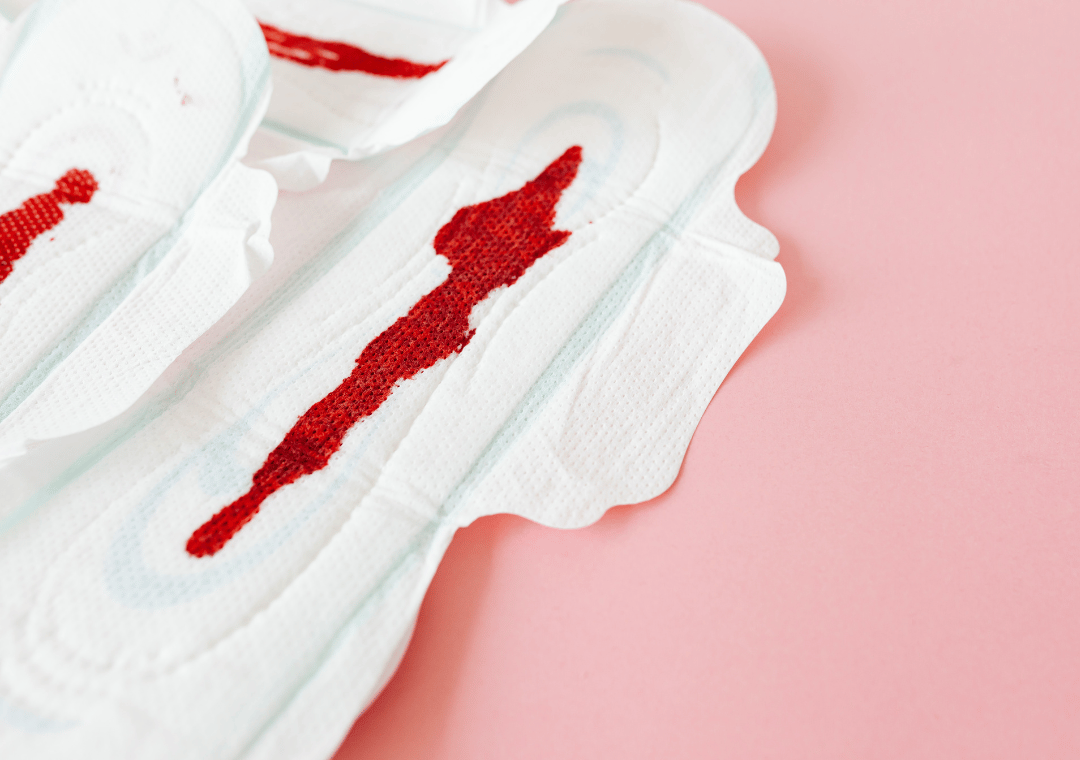You're trying to conceive. You're hoping for a missed period but all the sudden you notice some blood. That blood, however, might not be your period. It could be implantation bleeding. This occurs when the egg attaches to the uterine lining. A third of women experience implantation bleeding. If you do, don't worry! It doesn't require any medical attention. It's just a sign you could be pregnant. But how are you supposed to know if you're experiencing implantation bleeding or getting your period? We're here to show you the differences between the two.
Know Your Cycle
The first step to telling the difference between implantation bleeding and your period is knowing what is normal for you. Recognize how heavy your periods are, how long they last and what the blood looks like.
Know The Differences
Implantation bleeding is generally associated with minimal spotting. It may only be a couple drops of blood. Periods on the other hand have a much heavier, steady flow.
Small spotting from implantation will typically occur 6-12 days after ovulation. A period normally occurs 14 days after ovulation. This is a pretty tight window of time between the two, so we want to provide some other ways to tell the difference.
Implantation Bleeding will only last a day or two at most. However, periods generally last for 4 to 7 days.
Blood from implantation is usually a pink or dark brown color. The dark brown color occurs because your uterus is shedding old blood. Period blood, on the other hand, is generally a bright red color. This is because the blood is fresh.
Need More Help?
We understand that you still might not be sure what that blood is telling you. One way to see is to take a pregnancy test. Test are most accurate when taken one week after your missed period, and when done first thing in the morning (that is when urine is most concentrated). If you feel that the bleeding is abnormal, contact your doctor. They can help you discover what is going on.

